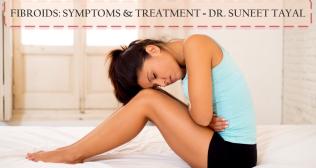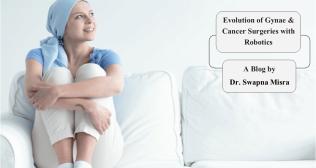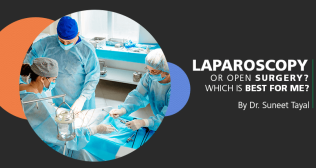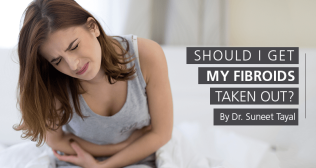
PCOD and PCOS: Understanding the difference, symptoms, causes, and treatment
Polycystic ovary syndrome (PCOS) is a hormonal disorder disrupting the regularity of menstrual cycles of many adolescent women. World Health Organization reports that 8–13% of reproductive-age women across the globe grapple with PCOS. Currently, it is estimated that one in five women in India suffer from PCOS. Despite its prevalence, there is insufficient awareness about the condition and ways to manage and treat it. But before focusing on PCOS and its treatment, it is essential to distinguish it from a similar-sounding condition called polycystic ovarian disease (PCOD).
Interpreting differences in PCOS and PCOD
There is frequent confusion between PCOS and PCOD. Despite their obvious similarities, they are two quite different conditions.
- The ovaries of women with PCOD release immature or partially mature eggs, which can turn into cysts with time. On the other hand, PCOS is caused when the ovaries release excess androgens (male hormones) because of endocrine issues. This causes the eggs to be prone to turning into cysts.
- In PCOS, cysts accumulate inside the ovaries without being discharged. As a result, during an ultrasound, the ovaries of those with PCOS appear larger compared to those with PCOD.
- PCOD commonly impacts girls around 11–12 years of age, emerging after their first menstrual period. It requires prompt treatment to avoid recurrence. PCOS typically affects women within their reproductive years, spanning from 13–51.
- PCOD can be cured with proper lifestyle changes and doesn't have more serious side effects. Although the treatment for PCOS varies, the symptoms can be managed with appropriate medication and lifestyle modifications.
Symptoms of PCOS and PCOD
Both PCOD and PCOS have the following symptoms:
- Irregular or intermittent menstrual cycles (Oligomenorrhea)
- Weight gain
- Hair loss (alopecia)
Further, PCOS can have additional symptoms. These include:
- Missed period or absence of menstruation (amenorrhea)
- Extreme menstrual bleeding (menorrhagia)
- Unnecessary hair growth on face, body, back, belly, and chest
- Acne on the face, upper body and upper back
- Darkening of the skin around the neck and under the breast
- Obesity
What causes PCOD and PCOS?
PCOD and PCOS can develop because of multiple factors. These include:
Follicle-stimulating hormone (FSH) and luteinizing hormone (LH) are required to initiate egg maturation. In the case of PCOD, the reduction of FSH causes partial development of follicles that lead to the production of immature eggs.
In case of PCOS is heterogeneous and multiple factors triggers the condition some of them include:
- Excess insulin
- Insulin resistance
- Hereditary factors
- Environmental factors
- Thyroid issues
- Stress
- Obesity
- Increase in androgen production.
Complications of PCOS and PCOD:
As per recent studies, there are no serious complications of PCOD. However, the following associated issues may arise when PCOS is not treated in its initial stages:
- Unusual uterine bleeding
- Infertility
- Type 2 diabetes
- Preterm labour and premature birth
- Risk for hypertension, heart disease and stroke
- Depression
- Insomnia
- Endometrial cancer
- Abortion
Treatment
PCOD can be managed by maintaining healthy body weight through regular exercise and a diet that comprises high protein and fibre. Additionally, getting enough sleep and eating on time are crucial for overcoming PCOD.
Women with PCOS typically get medications to regularize ovulation, menstrual cycle and to reduce excessive hair growth. Since women with PCOS frequently show signs of insulin resistance. Controlling insulin levels and symptoms is crucial which largely depends on eating less carbohydrates, exercising frequently, and maintaining a healthy weight.
Conclusion
It is crucial to understand the difference between PCOS and PCOD as these affect women differently and need to be managed appropriately. Additionally, PCOS may require long-term monitoring to avoid future complications. To support reproductive health and aid in general well-being, it is fundamental to arm people with information on symptoms, causes, and available treatments.



















